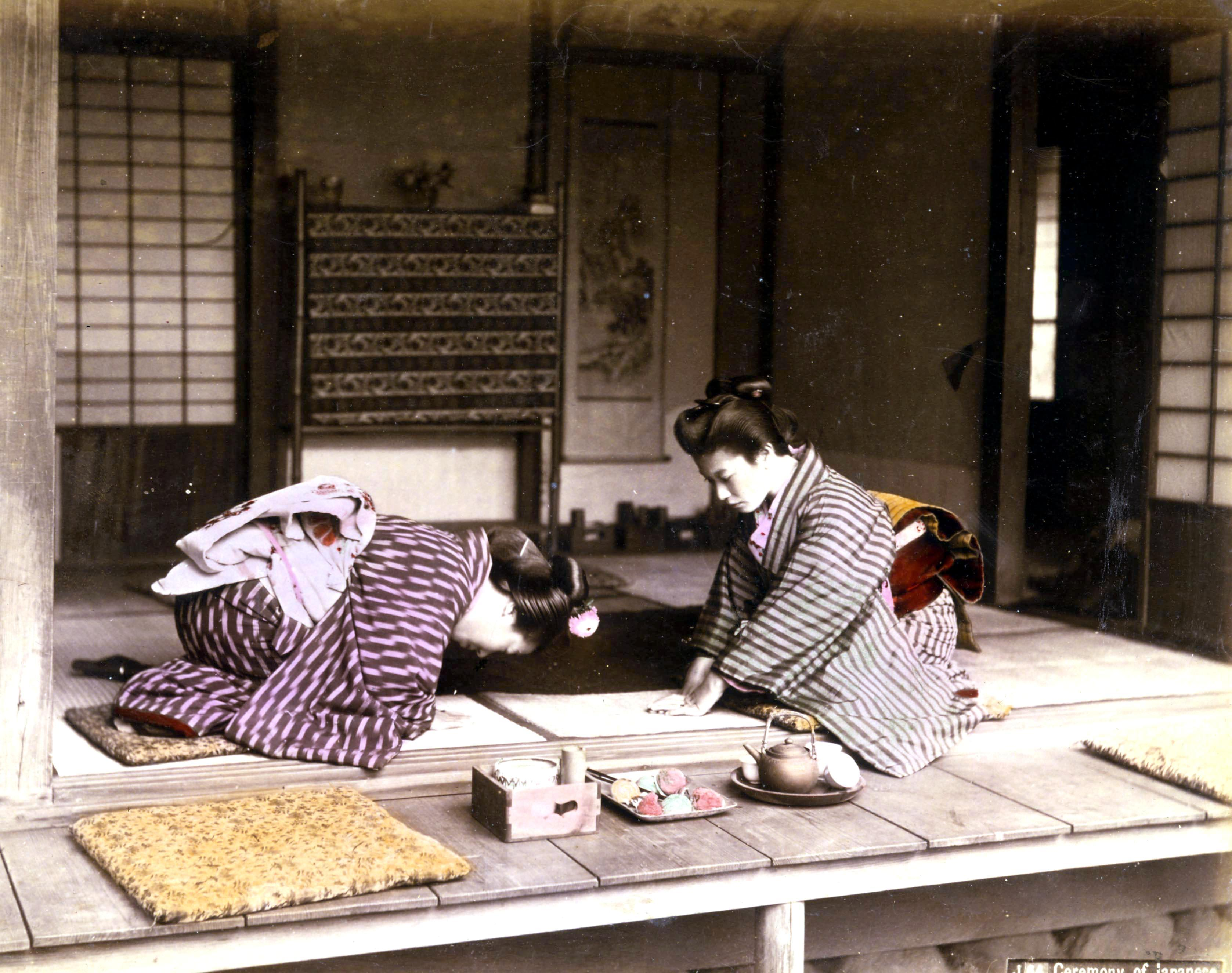Table of Contents:
1. Introduction to Japanese Tea Ceremony
The Japanese tea ceremony, or chanoyu, is a traditional ritual of preparing and serving matcha, a powdered green tea. It combines aesthetics, philosophy, and hospitality to create a refined practice that expresses respect, harmony, and simplicity. The ceremony has been passed down through generations for over 400 years.
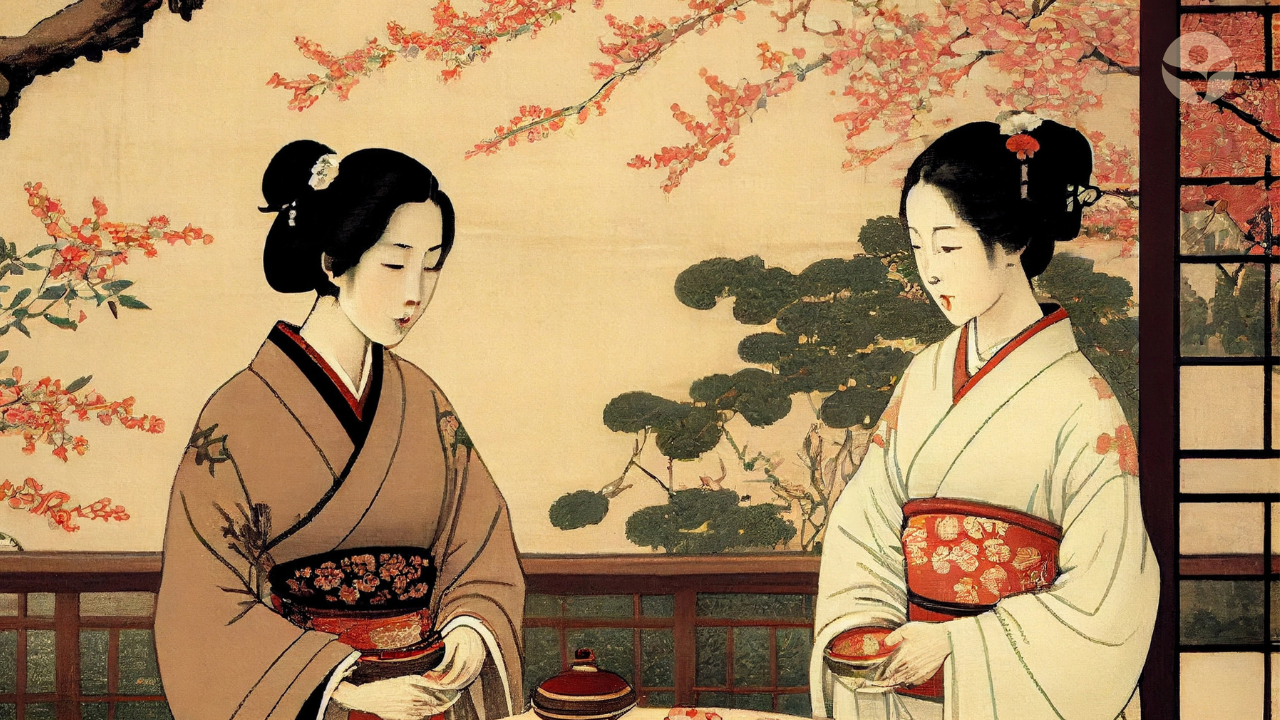
2. The Three Schools of Japanese Tea Ceremony
There are three main schools of the Japanese tea ceremony: Mushanokoji Senke, Omote Senke, and Ura Senke. Each has its own style, philosophy, and techniques, but they share the same principles and values.
Mushanokoji Senke
This is the oldest school of formal tea ceremony, founded by the 13th generation descendant of Sen no Rikyu, who was a prominent tea master in the 16th century. Mushanokoji Senke is known for its emphasis on simplicity and refinement, and its tea ceremonies are characterized by their elegant and understated atmosphere.
Omote Senke
Founded by the grandson of Sen no Rikyu, Omote Senke is one of the most influential schools of tea ceremony. Its ceremonies are marked by their attention to detail and their use of elaborate utensils and decorations. Omote Senke is also known for its focus on hospitality and creating a welcoming atmosphere for guests.
Ura Senke
Ura Senke is the youngest of the three main schools of tea ceremony, founded in the early 18th century. Its ceremonies are known for their relaxed and informal atmosphere, and Ura Senke is particularly renowned for its use of seasonal themes and decorations.
Ura Senke also places a strong emphasis on the spiritual aspect of tea ceremony, and its practitioners often incorporate elements of Zen Buddhism into their ceremonies.
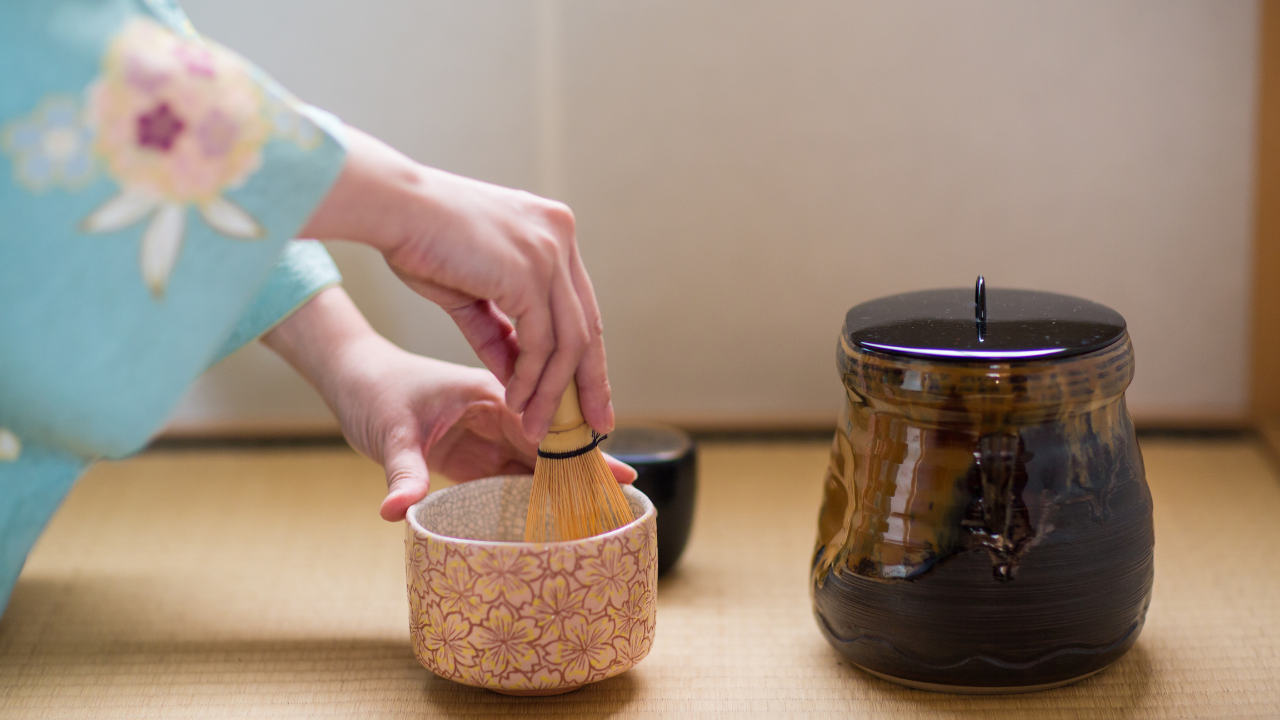
3. The Elements of Japanese Tea Ceremony
The Japanese tea ceremony consists of various elements, each of which plays a significant role in creating the overall experience. Here are some of the key elements:
Chashitsu:
A tea room designed for the ceremony. It is a small and simple space that reflects the principles of harmony, respect, and tranquility.
Chawan:
A tea bowl used for whisking matcha. It is usually made of ceramic or porcelain and has a simple and rustic design. The chawan is an essential part of the ceremony, and its shape, size, and color are carefully chosen to match the occasion and the season.
Chasen:
A bamboo tea whisk used for whisking matcha. It has numerous thin tines that help create a frothy and smooth texture. The chasen is an important utensil that requires skill and practice to use effectively.
Chakin:
A white linen cloth used for wiping the chawan and the chasen. It is a symbol of purity and cleanliness and is also used for handling hot utensils.

Furo:
A small brazier used for heating water. It is usually made of iron or ceramic and is placed in the tea room before the ceremony begins. The furo is also an important element of the tea room decoration.
Mizusashi:
A water container used for pouring hot water into the chawan. It is usually made of ceramic or metal and has a simple and elegant design. The mizusashi is also decorated with seasonal flowers or leaves.
Kama:
A kettle used for boiling water. It is usually made of iron and has a unique shape and design. The kama is an important utensil that requires attention and care in handling. It is typically made of cast iron and is used to heat the water for the tea ceremony.
The shape of the kama is designed to allow for even heating of the water, and the lid is designed to prevent steam from escaping. The kama is considered to be one of the most important utensils in the tea ceremony, and its design and construction are taken very seriously.
4. The Steps of Japanese Tea Ceremony
The Japanese tea ceremonies consist of several steps, each of which has a specific purpose and meaning. Here are the basic steps of the tea ceremony:
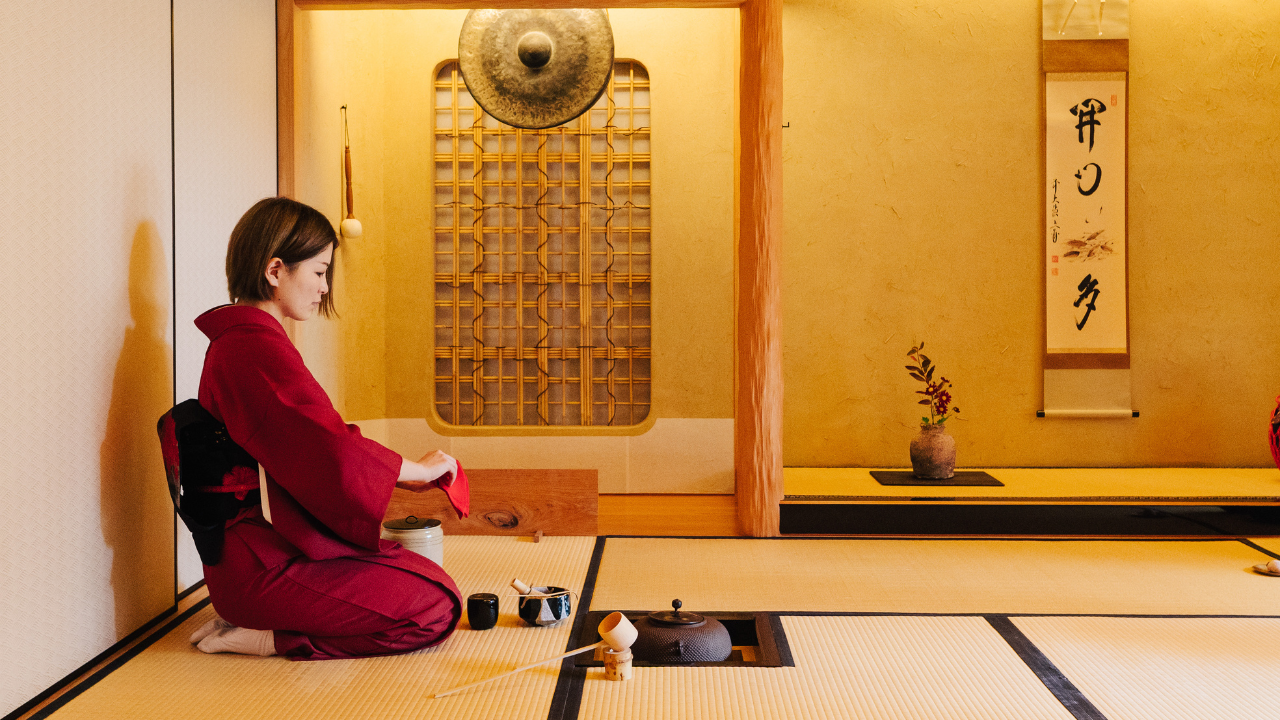
Preparation:
The host prepares the tea room, utensils, and ingredients for the ceremony. This includes cleaning the room, setting up the tatami floor mats and cushions, and arranging the utensils in a specific order. The host also prepares the matcha by sifting it into a bowl and adding hot water.
Welcoming the Guests:
The guests arrive and are welcomed by the host. They purify themselves by washing their hands and mouth before entering the tea room.
Viewing the Tea Utensils:
The guests admire the tea equipment and decorations in the tea room, including the flowers and calligraphy scrolls. They also examine the tea bowls and other utensils closely, appreciating their unique qualities and craftsmanship.
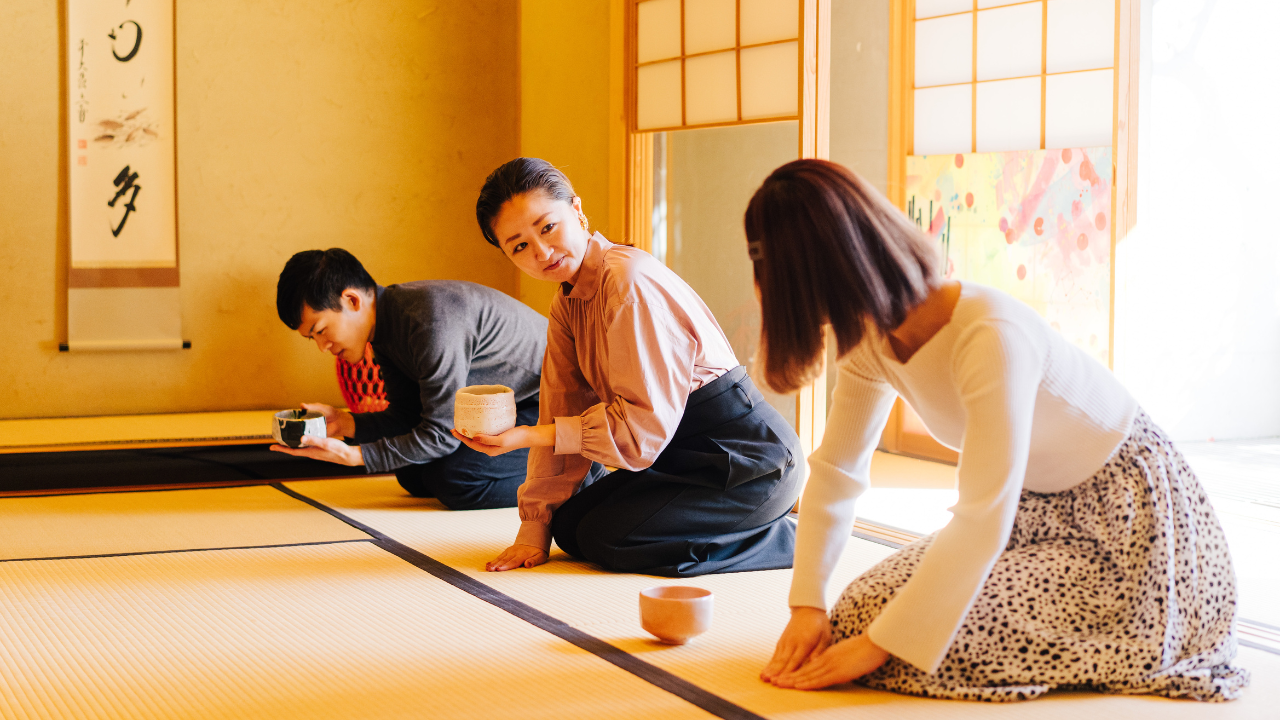
Preparing and Drinking the Tea:
The host whisks the matcha with a bamboo whisk until it forms a frothy consistency. The tea is then served to the guests, who drink it in three sips. After finishing their tea, the guests may compliment the host and admire the utensils once more.
Closing the Ceremony:
The host cleans the utensils and the tea room, and thanks the guests for attending the ceremony. The guests then leave the tea room, bowing to the host as a sign of respect and gratitude.
5. The Role of Tea Masters in Japanese Tea Ceremony
Tea masters, or chajin, play a significant role in the Japanese tea ceremony. They are highly trained and skilled practitioners who have dedicated their lives to mastering the art of chanoyu.
A tea master's role extends far beyond simply preparing and serving tea. They are also responsible for creating a welcoming and tranquil atmosphere, selecting appropriate utensils and decorations, and adapting the ceremony to suit the occasion and the guests.
Tea masters are also experts in the history, philosophy, and aesthetics of the tea ceremony. They are well-versed in the customs and traditions of the three main schools of chanoyu, and they often have a deep understanding of Zen Buddhism and other spiritual practices. This knowledge and expertise allows them to infuse the tea ceremony with meaning and significance, creating a rich and rewarding experience for the guests.
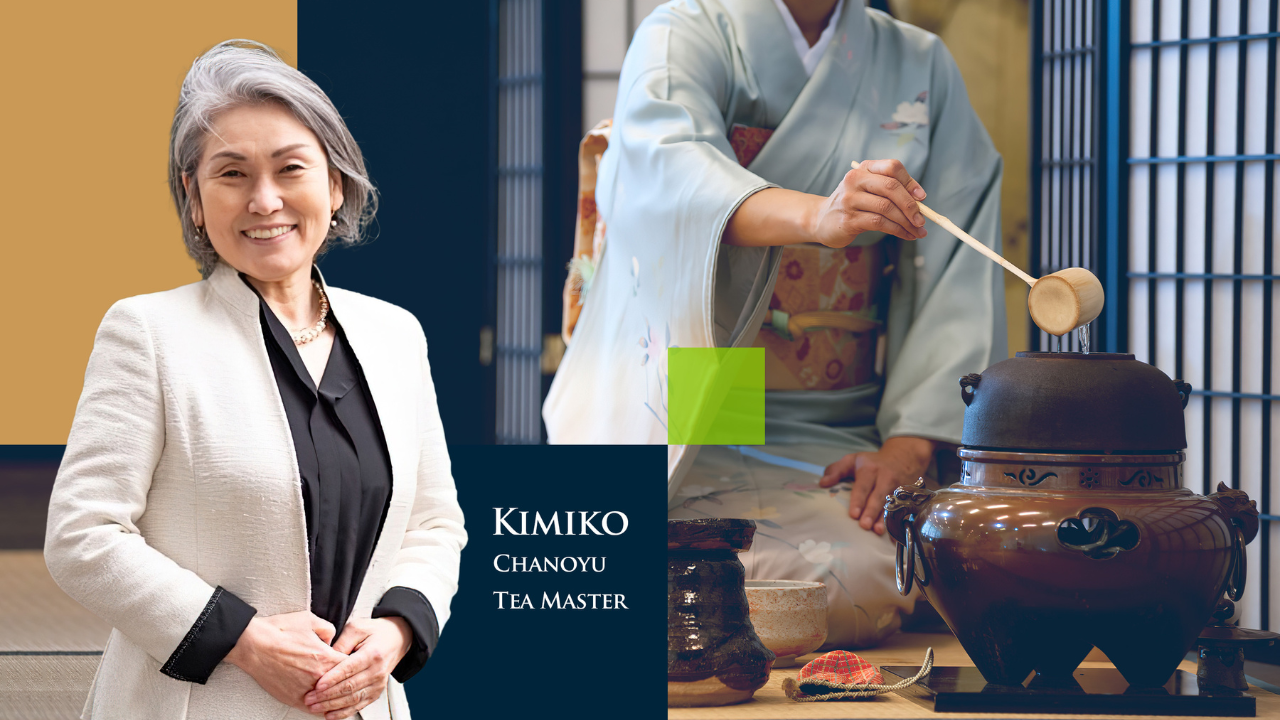
Becoming a tea master is a lifelong pursuit that requires dedication, discipline, and patience. It often involves years of apprenticeship under a master, during which the apprentice learns the skills and knowledge necessary to become a master in their own right.
Many tea masters also continue to study and refine their skills throughout their lives, constantly seeking to deepen their understanding of the art of 'cha no yu.'
Whether you're a seasoned practitioner or a newcomer to the world of tea, the presence of a skilled tea master can enhance your experience and help you to appreciate the beauty and elegance of the Japanese tea ceremony.
And by incorporating high-quality matcha from Uji, the birthplace of Japanese green tea, into your tea ceremony, you can ensure that your experience is both authentic and delicious.
6. The Significance of Matcha in Japanese Tea Ceremony
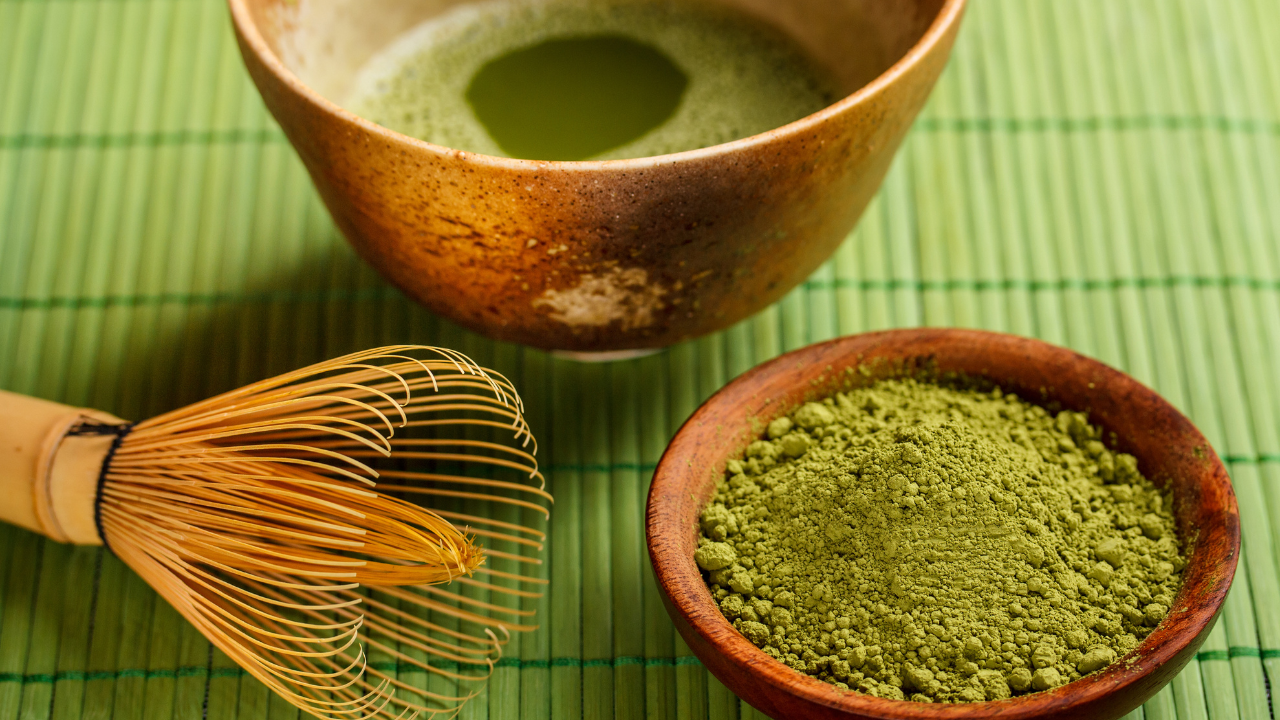
Matcha is an essential element of the Japanese tea ceremony, and its significance goes beyond its delicious taste. Here are some key points to understand the importance of matcha in the tea ceremony:
-
Matcha represents purity and simplicity. The bright green color and fine powder texture of matcha reflect the purity and simplicity that are fundamental principles of the tea ceremony.
-
Matcha is a symbol of respect and gratitude. The careful preparation and serving of matcha to guests is a way of showing respect and gratitude for their presence.
-
Matcha enhances the sensory experience of the tea ceremony. The aroma, taste, and texture of matcha are all part of the sensory experience that is central to the tea ceremony.
-
Matcha is believed to have health benefits. Matcha contains high levels of antioxidants, amino acids, and other nutrients that are believed to have various health benefits, including boosting energy, improving mental clarity, and reducing stress.
By understanding the significance of matcha in the Japanese tea ceremony, you can deepen your appreciation for this ancient tradition and fully experience the beauty and grace of the ceremony.
7. Related Pages
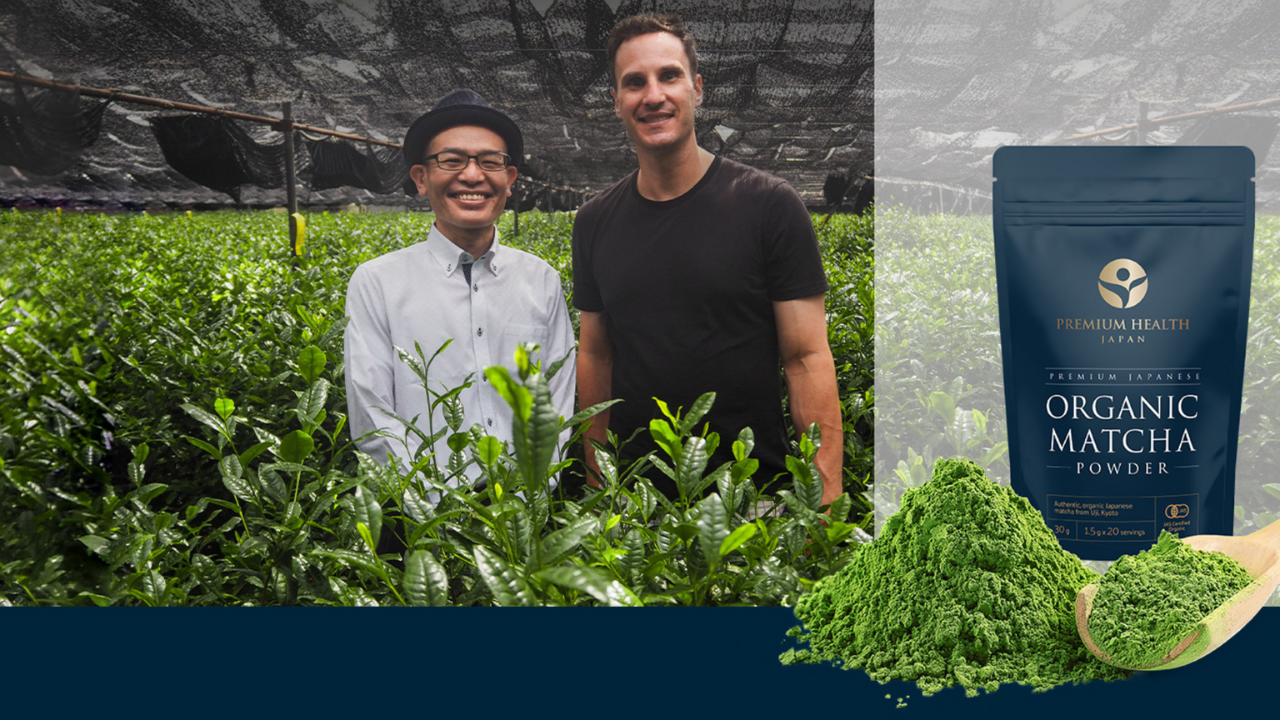
If you're interested in learning more about matcha and Japanese tea culture, be sure to check out our other pages:
Uji Tea Culture: Learn more about the region where our matcha is grown and harvested.
Ceremonial vs. Culinary Matcha: Discover the different grades of matcha and learn why our ceremonial grade matcha is so special.
Matcha Benefits: Explore the health benefits of matcha and how it can improve your well-being.
Matcha vs Green Tea: Find out the differences between matcha and regular green tea.
How to Make Matcha Tea: Learn how to make a delicious bowl of matcha tea at home.
History of Matcha: Discover the long and fascinating history of matcha and how it became one of Japan's most beloved beverages.
Matcha Recipes: Get inspired with our collection of delicious matcha recipes.
Matcha Buying Guide: Learn how to choose the best matcha for your needs and get tips on where to buy it.
We hope these pages will further your knowledge and enjoyment of matcha and Japanese tea culture. Whether you're a beginner or a seasoned matcha enthusiast, there's always something new to learn and discover.
8. Glossary of Japanese Tea Ceremony Terms:
-
Chanoyu: The Japanese tea ceremony, or way of tea
-
Matcha: A powdered green tea used in the Japanese tea ceremony
-
Mushanokoji Senke: The oldest school of Japanese tea ceremony
-
Omote Senke: A school of Japanese tea ceremony known for its attention to detail and hospitality
-
Ura Senke: A school of Japanese tea ceremony known for its innovation and emphasis on the spiritual aspect of the ceremony
-
Chashitsu: A tea room designed for the ceremony
-
Chawan: A tea bowl used for whisking matcha
-
Chasen: A bamboo whisk used for whisking matcha
-
Chakin: A white linen cloth used for wiping the chawan and the chasen
-
Furo: A small brazier used for heating water
-
Mizusashi: A water container used for pouring hot water into the chawan
-
Kama: A kettle used for boiling water
-
Chajin: Tea masters who are highly trained practitioners of the Japanese tea ceremony
-
Tatami mats: Traditional Japanese flooring mats made of rice straw and woven rush grass
-
Calligraphy scrolls: Decorative scrolls featuring Japanese calligraphy
-
Sen no Rikyu: A prominent tea master in the 16th century who is considered the father of the Japanese tea ceremony
-
Zen Buddhism: A school of Mahayana Buddhism that emphasizes meditation and intuition over ritual and scripture


